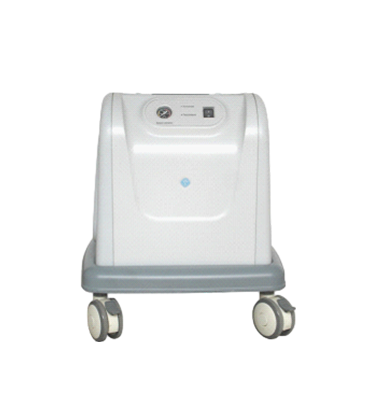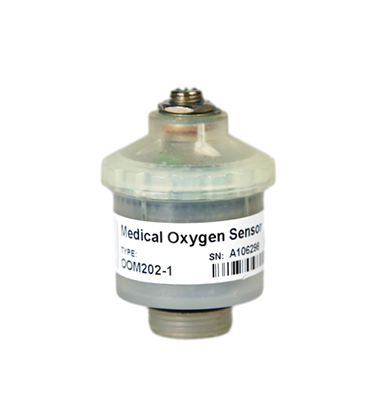Intrinsic PEEP and the expiratory hold manoeuvre
The expiratory flow manoeuvre allows time for pressure to equalise between the different parts of the respiratory circuit, revealing the intrinsic PEEP in the system. This manoeuvre is equivalent to the inspiratory hold which determines plateau pressure, as flow is ceased during the hold.
From an exam point of view, like for the inspiratory hold and plateau pressure there is no point in knowing this at the Part I stage, and it is not mentioned in the CICM primary syllabus (2017) northe CICM WCA ("Ventilation") nor the Part I exam. Question 28 from the first Part II paper of 2014 asked "include in your answer how Ppl is measured" in relation to a patient with dynamic hyperinflation, a fraction of the SAQ which was probably worth no more than 2.5 points. The WCA ("Ventilation") does have the expectation that a trainee "demonstrates methods to measure iPEEP", but the expiratory hold manoeuvre is an unreliable method of doing this. This chapter can therefore be safely omitted from the rapid pre-exam cramming of the time-poor Part I candidate. From a purely theoretical standpoint, it is worth knowing about purely because most ventilators have a button on them which allows one to perform this test.
In summary:
The expiratory hold pauses the breath in expiration, preventing the delivery of more breaths
With the flow stopped, alveolar pressure equilibrates with the ventilator circuit and can be measured
The circuit pressure at the end of an expiratory hold is therefore thought to be representative of intrinsic PEEP in at least some of the lung units.
The volume which escapes during the inspiratory hold is the trapped gas volume
One limitation is the need to perform this test with a paralysed sedated patient
Another limitation is the fact that dynamic airway closure prevents the equlibration of pressure between the ventilator circuit and the lung units with the highest pressure
Thus, the expiratory hold manoeuvre underestimates intrinsic PEEP
The best literature reference for this topic is probably Mughal et al (2005) or Blanch et al (2005). In general, the Blanch article is the definitive reference for all things auto-PEEPy.
Performing the expiratory hold manoeuvre
The expiratory hold manoeuvre is essentially a scenario where you disable triggering for a while. It is usually available as a button you can push on the ventilator. While you are holding down the button, there is no flow in the circuit, and the ventilator will not deliver another breath until you release. The manoeuvre allows the pressure from the hyperinflated alveoli to slowly pendelluft around the respiratory circuit, to be shared by all components.

The
Here is an example of this being performed in a severe asthmatic.
The main limitation of this arises from the tendency of little airways to collapse.
The dynamic collapse of these small airways is precipitated by intrinsic PEEP; the bloated hyperinflated alveoli push on the airways and they close under this pressure. With positive inspiratory pressure, these small airways may open, but in expiration they collapse again. The pressure in the alveoli distal to these airways may be quite high, but it would not equilibrate with the central airways as the result of small airway closure. As the result, the expiratory hold manoeuvre underestimates intrinsic PEEP. Only the alveoli at the end of open small airways will share their pressure with the circuit during an expiratory hold.


